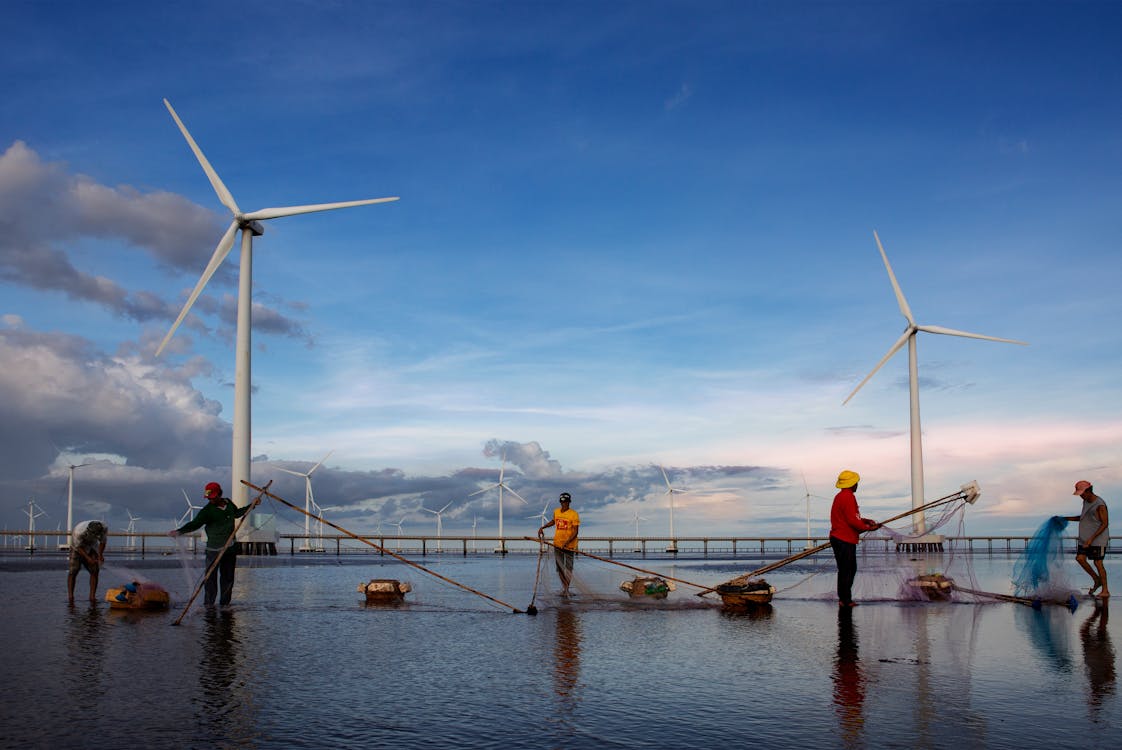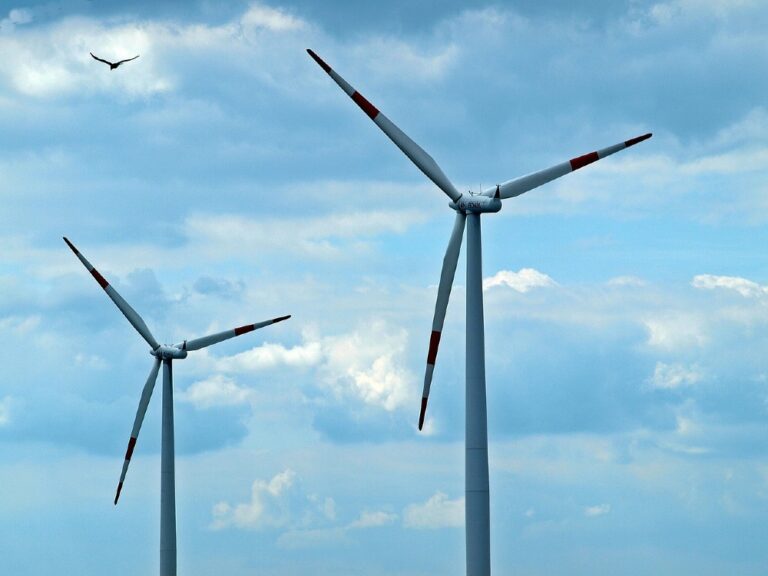Driven by technological advancements and global policies fighting the climate crisis, wind energy is becoming more popular worldwide. Statista revealed that global wind power installations have risen exponentially worldwide in the last few years. The wind energy capacity reached over 700 GW in 2021, previously 600 GW in the preceding year, despite project delays due to the pandemic.
Fascinating Fact: Interestingly, there are numerous accounts of ancient civilizations harnessing wind energy for various purposes. There are records of humans using wind power to move door mechanisms, crush grains, churn, pump water, and many other applications.
Even though wind farms and wind energy generation have been around for quite some time, the clean energy solution was once out-of-reach for many due to fund constraints. But now advancements have enabled complete energy solutions providers like CNPS to offer innovative energy solutions that offer financial sustainability, unlike electricity generators that run on combustible, scarce, and greenhouse gases emitting fossil fuels.
While many are aware of this technology, some find it confusing to determine whether onshore or offshore wind energy will better suit their oil and gas extraction operations. Here are a few things you should know about offshore wind energy to make an informed decision.
How Does Wind Energy Work?
Turbines of wind power plants operate using the air that turns the blades secured to the unit. These blades are connected to a motor that turns kinetic energy into electric power. Then this energy gets transferred to the gearbox that converts the blade’s slow spinning into a high-speed rotational motion. The drive shaft is then turned swiftly to power the electricity generator.
Traditionally, the wind energy market was dominated by onshore turbines. But in recent years, technological innovation has resulted in the development of floating or offshore wind farms.

What’s the Difference Between Onshore and Offshore Wind Energy?
According to the International Energy Association, onshore wind power refers to the turbines that are sited on land. These farms are usually located in sparsely populated locations with lower conservation value.
In contrast, offshore wind power refers to the energy taken from the force of the sea winds to transform it into electricity, which is then supplied to an onshore network. These wind farms use fixed-foundation turbines located over shallow open water bodies where the wind speed is higher. It could include oceans but also fjords and lakes. However, with advancements in technology, offshore wind farms will be able to be built over deeper waters.
Things To Know About Offshore Wind Energy

#1- Offshore Wind Energy is Environmentally Friendly
While many renewable energy solutions dominate markets worldwide, there are certain environmental issues with how their components are constructed. This isn’t a concern with wind energy generation, whether you use onshore or offshore wind power equipment. Research shows that wind energy can potentially save more than 250 billion water gallons and reduce the number of greenhouse gases by over 12 gigatonnes by 2050.
#2- Offshore Wind Energy Provides More Consistent Output
Wind speeds are generally faster offshore compared to speeds recorded on land. Even minute speed increases can cause significant increases in energy production. Moreover, fewer turbines will be needed to generate the same amount of energy as onshore wind farms. Since offshore wind speeds don’t vary drastically and the wind directions remain the same, the output of offshore turbines is more consistent. As a result, power generation is also much more reliable.
#3- Offshore Wind Energy is Cost-Effective
The clean energy solution is not only sustainable for the environment but also cheaper in the longer run. Wind supply is abundant and inexhaustible. You won’t have to worry about factoring in drastic price changes like fossil fuels. Therefore, it’s not only friendly for the environment but also a cost-effective solution for energy generation.
#4- Offshore Wind Power Equipment is Easier to Transport
Turbine components of offshore wind power plants can be transported easily, reducing logistical challenges that are often encountered by land-based components, including narrow tunnels or roadways. This has enabled energy solutions companies to build larger turbines capable of producing more power.

#5- Offshore Wind Turbines Have Less Visual Impact
Turbines located offshore do not have as much visual impact as those located on land. They do not interfere with land usage, and the wind flow isn’t disrupted by any physical obstacles nearby. Therefore, offshore wind power plants can be made on any scale to generate more energy than their onshore counterparts, with much less physical or visual impact.
#6- Offshore Wind Plants Use Underwater Cables to Transmit Electricity
Power generated by offshore wind power equipment travels back to the land through various cable systems buried in the seabed. The electric supply is channeled via coastal load centers that prioritize where and how the electricity needs to be distributed for better efficiency.
#7- Offshore Wind Turbines Can Now Float
Technological advancements have allowed many energy solution providers to develop innovative floating offshore wind plants that can be used easily in both shallow and deep water. Tension leg platforms, spar-buoy, and semi-submersible are the commonly used floating platforms. To learn more about them, connect with the experts!
#8- Offshore Wind Turbines Can Be Incredibly Tall
To efficiently use the abundant wind resources, offshore turbines can be built much taller than the ones onshore. They can be scaled to various sizes with blades that can almost cover an entire football field length to harness more wind and sustainably produce maximum electricity.

Onshore or Offshore Wind Energy: Which is Suitable For Your Operations?
With the surging demand for electricity worldwide and the urgent need for more sustainable and green energy sources, the benefits of both offshore and onshore wind solutions far outweigh those offered by other innovative energy solutions.
If you’re ready to streamline renewable energy solutions, CNPS creates sustainable energy solutions that are trusted by companies across the globe.
The leading energy solutions company offers high-quality renewable energy solutions, including offshore and onshore wind power equipment, geothermal solutions, and non-metallic solutions.
From fiber and fiberglass products like fiberglass-reinforced pipes to composite pipes, EOR technology solutions, cement equipment, oil country tubular goods equipment, mud logging equipment, oilfield service equipment, and many more oil and gas equipment and solutions, CNPS offers it all.
The company also leads the market for electronic equipment solutions, like TV and mobile accessories, and new material solutions. Give them a call to find out more.
Alternatively, schedule a consultation with the expert sustainable energy solutions and oil and gas equipment supplier to get ahead of the competition with high-quality products that are efficient but also environmentally friendly.


Comments are closed.